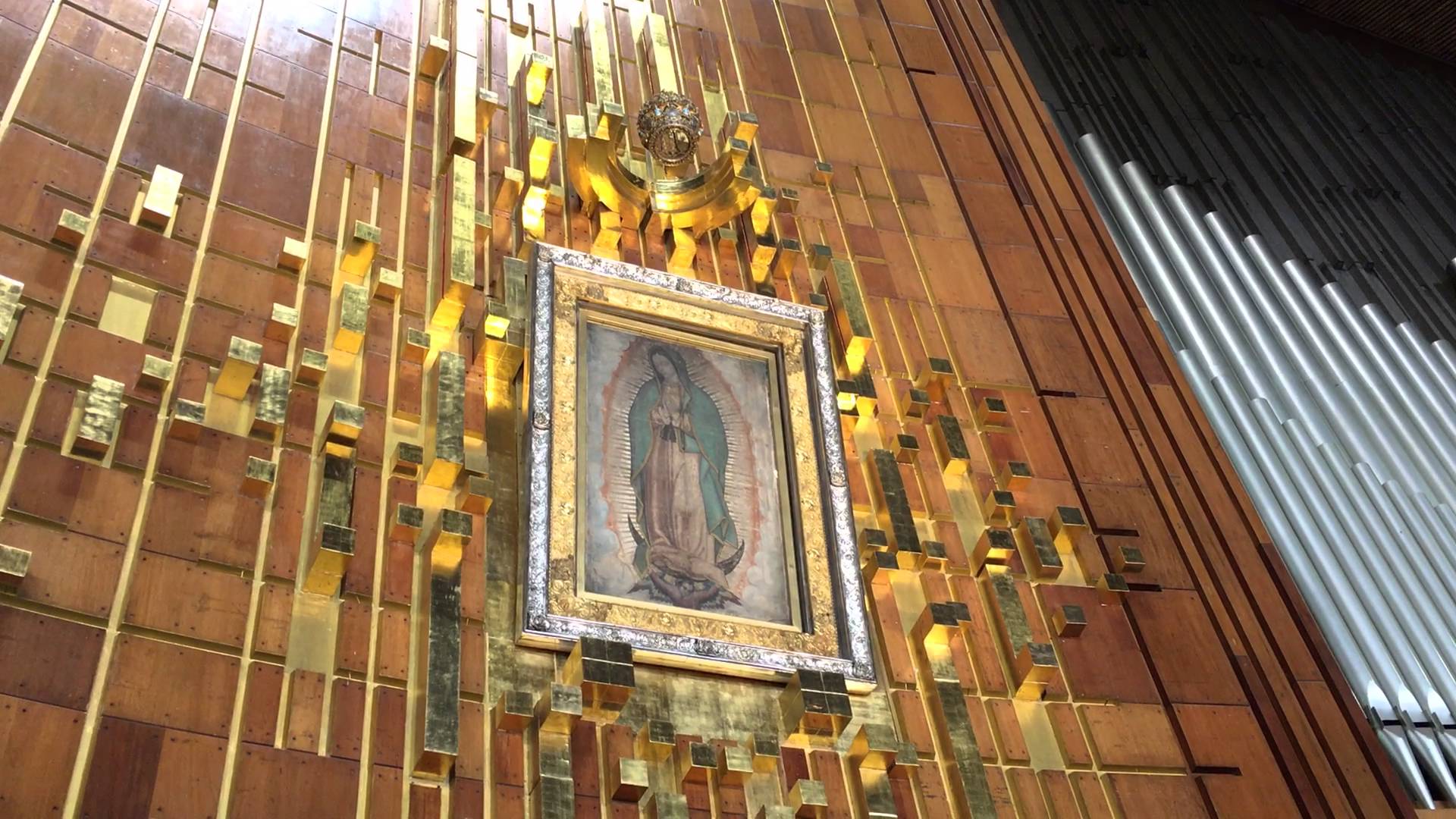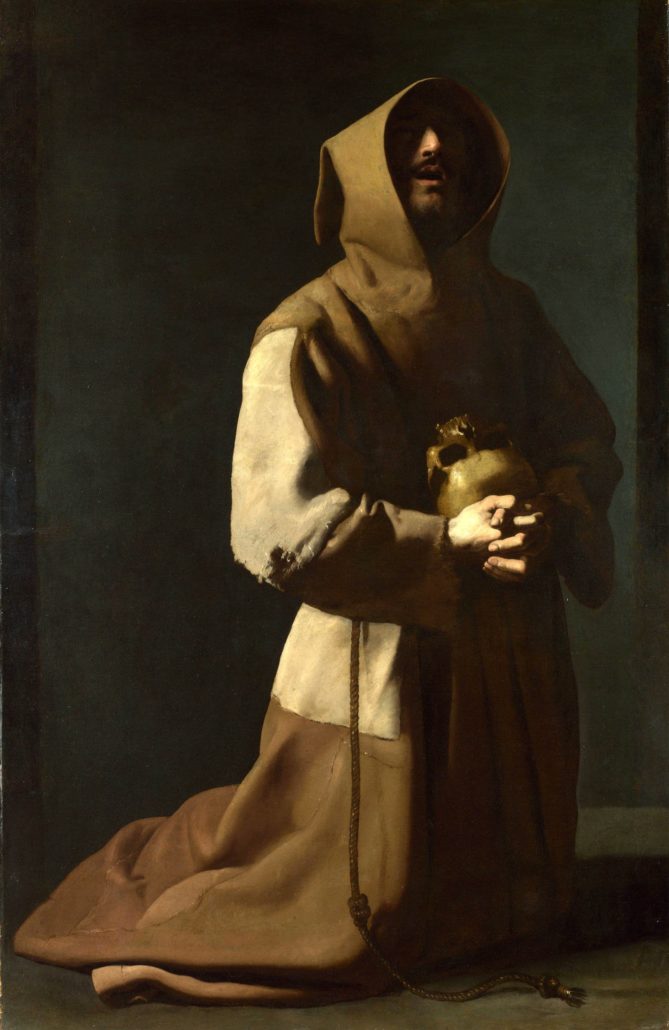
Matthew Leonard, Executive Director of the St. Paul Center for Biblical Theology:
In the fifteenth and sixteenth centuries, the native people of Mexico City suffered conquest first by the Aztecs and then by the Spanish conquistadores. It was the custom of the Aztecs to harvest the conquered people as victims for human sacrifice, offered to the snake god Quetzalcoatl (Qweztzel-coh-AH-tul). Think Mel Gibson’s movie “Apocalypto”, though it was about Mayans. Same basic, brutal principle.
By the Aztecs’ own account, this cost a quarter of a million human lives per year. In the dedication of just one temple, a celebration lasting four days, they slaughtered more than eighty thousand men and women. As you can imagine, these native peoples lived a life of natural and supernatural terror. Yet the fear of their idols kept them trapped in idolatry, and they resisted conversion to the Christian faith. The best efforts of brilliant missionaries proved basically ineffective.
Then, in 1531, the Blessed Virgin Mary appeared in Mexico City to a peasant man named Juan Diego.
Read the rest here.
In Assisi in 2005, my wife and I met an American priest named Padre Sisco. He gave me his contact information, which I, of course, misplaced. This guy was unbelievable – on the off chance any readers out there know him, I’d love to get in touch. He wrote his doctoral dissertation on homilies preached in Mexico following the appearances of Our Lady of Guadalupe, and the miraculous image she left behind.
That would make for some pretty incredible reading – over eight million Mexicans, by some accounts, converted to the faith in just a few years as news of these events spread. As Leonard notes, Mexico had been stubbornly infertile mission territory prior to 1531.
I’ve always found it fascinating that, while the Church on the Continent in the 16th century was being fractured by Luther’s revolt and the events that followed, the most effective evangelistic movement in the history of the world was taking place at the exact same time in the Americas.


